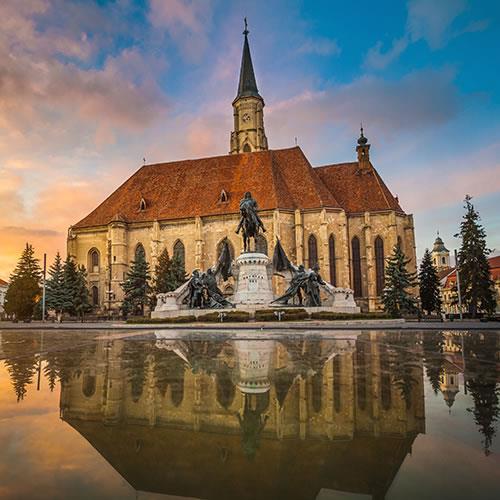


Cluj-Napoca is the unofficial capital and gateway to Transylvania. Situated just 200 miles from three different national capitals (Bucharest, Budapest, and Belgrade), Cluj (as natives call it) has thrived since the time of the Romans. Today, it is one of Romania's cultural, business, and education hubs. Take time to visit Gothic St. Michael's Church, the second largest cathedral in Transylvania, which is situated on one of Romania's largest squares, Unirii Square. Visitors can explore historical landmarks such as the St. Michael's Church and the Banffy Palace, as well as enjoy the city's many museums, parks, and bustling cafes. The city also hosts numerous festivals and events throughout the year, making it an exciting destination for travelers.
Full of diversity, entrenched in history and blessed with spectacular landscapes, Eastern Europe offers something for everyone. From Croatia`s crystal-blue Adriatic seacoast to the haunted castles of Transylvania in Romania, medieval monasteries, and old-world towns, along with Roman ruins and sophisticated metropolitan area.
The Bulgarian Black Sea coast (called Chernomorie in Bulgarian) is one of the trendiest resort destinations in southeastern Europe. Once the playground of Communist Party loyalists and their families, today these resort towns rival the French and Italian Riviera's. Many are `ancient cities,` having been settled as far back as five millennia.
The beautiful Balkan States contain 11 breathtaking countries comprising such as Albania, Croatia, Montenegro, and Romania just to name a few. The stunning region lies on the southeastern edge of the European continent sandwiched between four major Seas, The Black Sea, The Mediterranean, The Adriatic, and The Aegean.